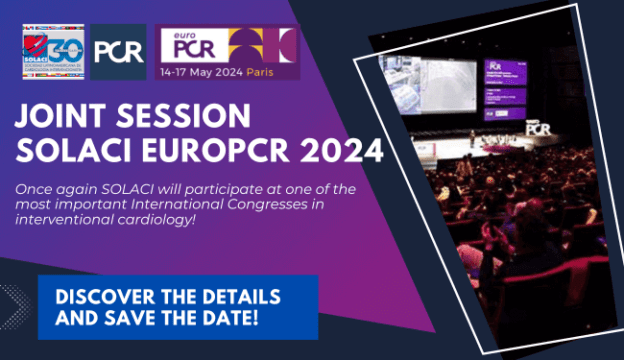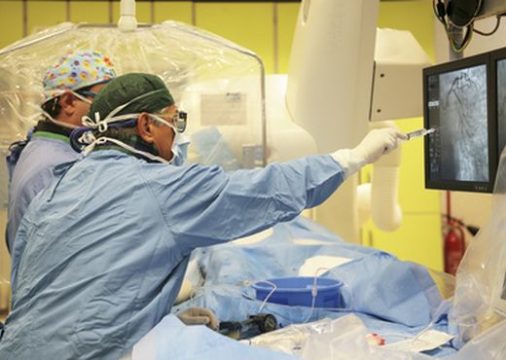In patients with ST-elevation myocardial infarction (STEMI), early treatment with statins —regardless of low-density lipoprotein (LDL) cholesterol levels — is routine around the world. Adding a potent LDL lowering agent, as a PCSK9 inhibitor, has proven clinical benefits in patients with a history of acute coronary syndrome or atherosclerosis, since treatment with statins have not lowered the high levels of LDL cholesterol.

The aim of this double-blind, randomized study was to determine the effect of using an early strategy of high-intensity treatment with statins plus a PCSK9 inhibitor in patients with STEMI. The primary endpoint (PEP) was LDL value reduction at 6 months.
The study included 68 patients randomized to subcutaneous alirocumab 150 mg vs. high doses of statins alone (control group). Regarding the PEP, LDL cholesterol levels decreased by 72% in the alirocumab arm vs. 48% in the control group. Within the first 24 hours, LDL values decreased faster in the alirocumab arm vs. the control group.
Conclusion
Early introduction of a PCSK9 inhibitor in patients with STEMI lowers LDL cholesterol values by 22% compared with an intensive treatment with statins alone. Long term studies are required to assess whether this treatment entails improvement.

Dr. Andrés Rodríguez.
Member of the Editorial Board of SOLACI.org.
Original Title: Effects of Routine Early Treatment with PCSK-9 inhibitor in Patients Undergoing Primary Percutaneous Coronary Intervention for ST-Segment Elevation Myocardial Infarction: A randomized, double-blind, sham-controlled trial.
Reference: Shamir R. Mehta MD et al Eurointervention 2022.
Subscribe to our weekly newsletter
Get the latest scientific articles on interventional cardiology





